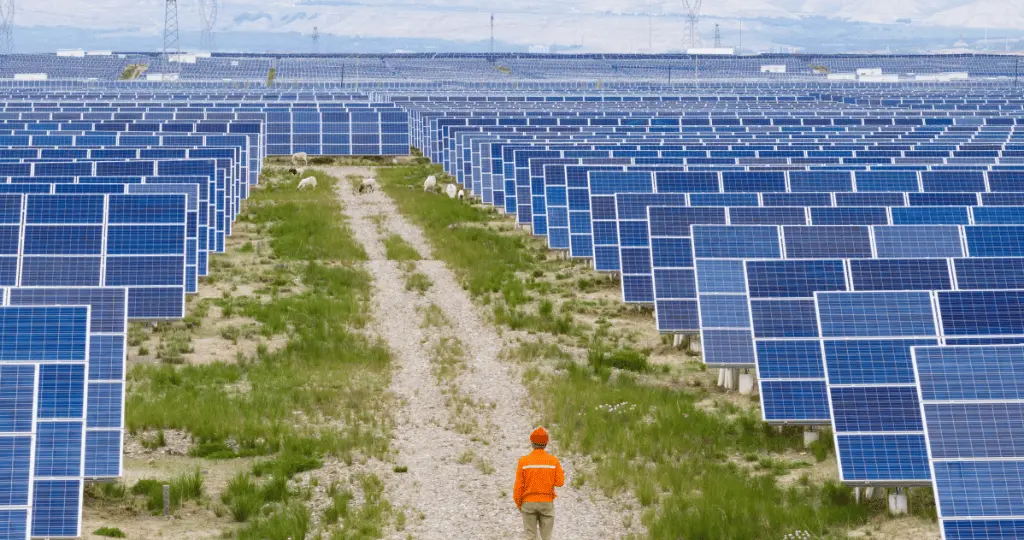I recently had the opportunity to attend IGEM 2023, an event showcasing cutting-edge innovations in the field of renewable energy. One theme that stood out prominently was the advancement of photovoltaic (PV) panels, a key component in harnessing solar energy. While these panels offer a plethora of advantages, it’s equally important to acknowledge their drawbacks and consider alternative approaches before jumping on the solar bandwagon.
The Bright Side of Solar Panels
PV panels are often hailed as champions in the battle against climate change. They are celebrated for their ability to generate clean and sustainable energy from the sun. These panels have made significant strides in affordability and efficiency over the years, making them an attractive choice for individuals and organizations looking to reduce their carbon footprint.
The Dark Side of Solar Power
However, it’s crucial to look beyond the gleaming surface of PV panels and understand the less-discussed downsides.
Limited Lifespan
Solar panels may appear durable, but they degrade over time, gradually losing their efficiency. On average, their lifespan ranges from 25 to 30 years. Quite often, during this period, it often becomes more cost-effective to replace them with new ones. This replacement cycle results in a considerable amount of waste and raises questions about the sustainability of this practice.
Recycling Challenges
Recycling solar panels remains a formidable challenge in the industry. Despite efforts to promote circularity and sustainability, efficient recycling solutions are still lacking. The primary materials in solar panels are glass, which has a low recycling value, and small amounts of valuable materials like silver. As a result, the financial incentive for investing in recycling is limited.
Environmental Threat
The impending environmental threat related to solar panels is a cause for concern. If early replacements of solar panels become the norm, it could lead to a 50-fold increase in waste accumulation in just four years. The industry’s current capacity to handle this surge in waste is unprepared, which raises questions about its long-term impact on the environment.
High Costs
Recycling solar panels is an expensive endeavor, with estimated costs ranging from $20 to $30 per panel. In contrast, disposing of panels in landfills costs significantly less, typically around $1 to $2 per panel. The financial burden of recycling and disposing of these panels further adds to the challenges.
Lack of Recycling Innovation
The long lifespan of solar panels serves as a disincentive for innovation in recycling technology. Commercial recycling processes struggle to recover valuable materials from PV panels, and there is no consensus on the best approach to overcome this challenge.
Global Environmental Consequences
As the global solar capacity is projected to grow to 4.5 terawatts by 2050, the burden of photovoltaic waste could reach a staggering 80 million metric tons by the same year. Experts are calling for urgent government action to prevent a potential environmental disaster.

While solar panels undeniably offer substantial benefits through access to renewable energy, it’s crucial to approach their adoption with a balanced perspective. Organizations and individuals should thoroughly evaluate the risks, costs, and environmental consequences of solar panel installation.
In the quest for sustainability, accurately quantifying and managing emissions and optimizing processes to reduce carbon intensity are essential steps that can complement or even supersede the advantages of solar panels. By doing so, we can strive for a more sustainable and eco-friendly future.
Ildar Usmanov